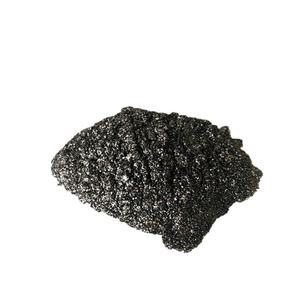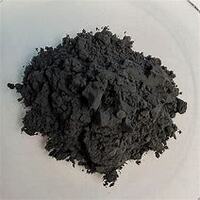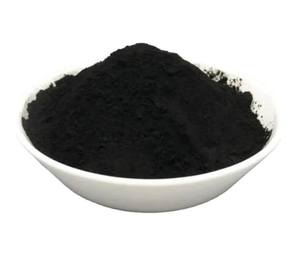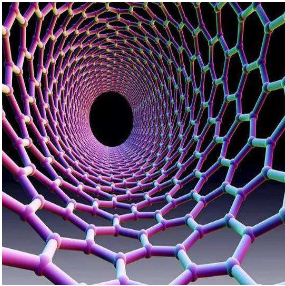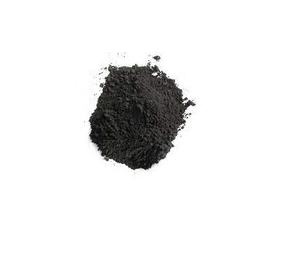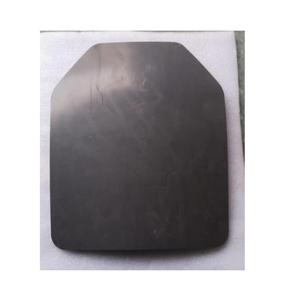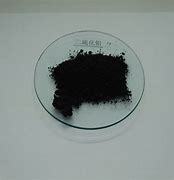Professional graphite material supplier, graphite for EV, grease, furnace and any other industries.
(Advantages and Disadvantages of Graphite)
Advantages
Graphite is the most widely used material in refractory, mechanical, and electric applications. It is an excellent material for the manufacture of crucibles and other high-temperature equipment, because it does not melt or disintegrate under extreme heat.
Its good electrical conductivity allows it to be used as an electrode in arc lamp and other devices. This electrical conductivity is due to the large delocalization of valence electrons within the layers of carbon.
Low density
Compared to copper, graphite has a low density (five times lower than copper), which makes it lighter for machining and thus suitable for use in batteries. It also removes material better than copper and wears less.
Good theoretical specific capacity
Graphite has a high theoretical specific capacity, which means it can meet the anode requirements of most battery manufacturers. However, it is not as recyclable as copper and cannot meet the high-performance anode requirements of lithium-ion batteries.
Abnormal discharges
During charging and discharging, graphite produces high temperatures on the electrodes. This can cause serious damage to the battery. It is important to reduce the intensity of discharge during machining.
Price and purity of graphite
Graphite prices are determined by the size of the flake, the purity of the material, and its intended use. Typically, higher-purity material is more expensive than lower-purity flake.
Natural graphite has a lower cohesion, unconfined yield strength, and major principal stress than industrial synthetic powder. This may affect flow behavior and anode defects.
(Advantages and Disadvantages of Graphite)

